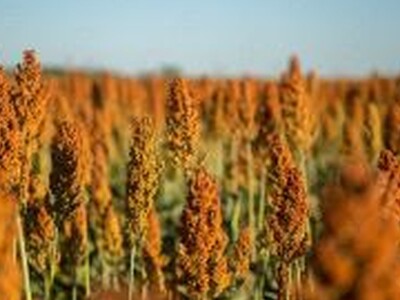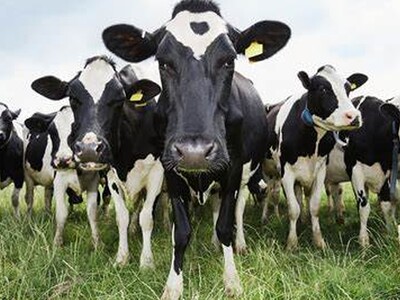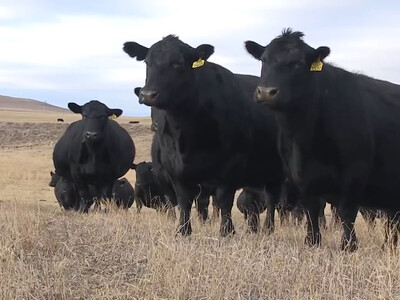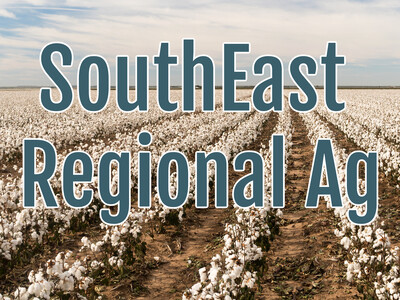Hay and Wheat
I certainly take no delight in the misfortunes of others. That said, one of the beautiful things about living in the Northwest is that we don't seem to suffer the excruciating levels of drought that other areas of the country such as the Southwest go through. Michael Stolp is an analyst for Northwest Farm Credit Services and we are about to learn how hay prices have been affected by the drought and that the situation in the Ukraine is putting its hands on Wheat.Hay -- The Northwest hay market is heating up. Widespread drought in the Western U.S. is expected to reduce hay yields and forage production this season, particularly in California and Nevada. This is likely to result in increased demand and higher prices for Northwest hay. The improved financial position of Northwest and California dairies is likely to result in more competition for high-quality hay than in the recent past. California-based exporters will have a strong interest in securing sufficient hay to protect market share (and investments in infrastructure) built over the last several years.
Wheat -- Wheat markets rallied late in the first quarter of 2014. Old and new crop prices are up approximately 30 percent from February 2014 lows, driven by uncertainty surrounding the U.S. winter wheat crop and a volatile geopolitical situation in Ukraine. Recognizing the world has ample wheat supplies, anecdotal reports suggest many Northwest wheat producers have taken advantage of recent market strength by forward contracting between 15 and 30 percent of their 2014-15 crop. Current wheat markets are pushing producers' returns above Northwest FCS' estimated breakeven price of $6 per bushel.














